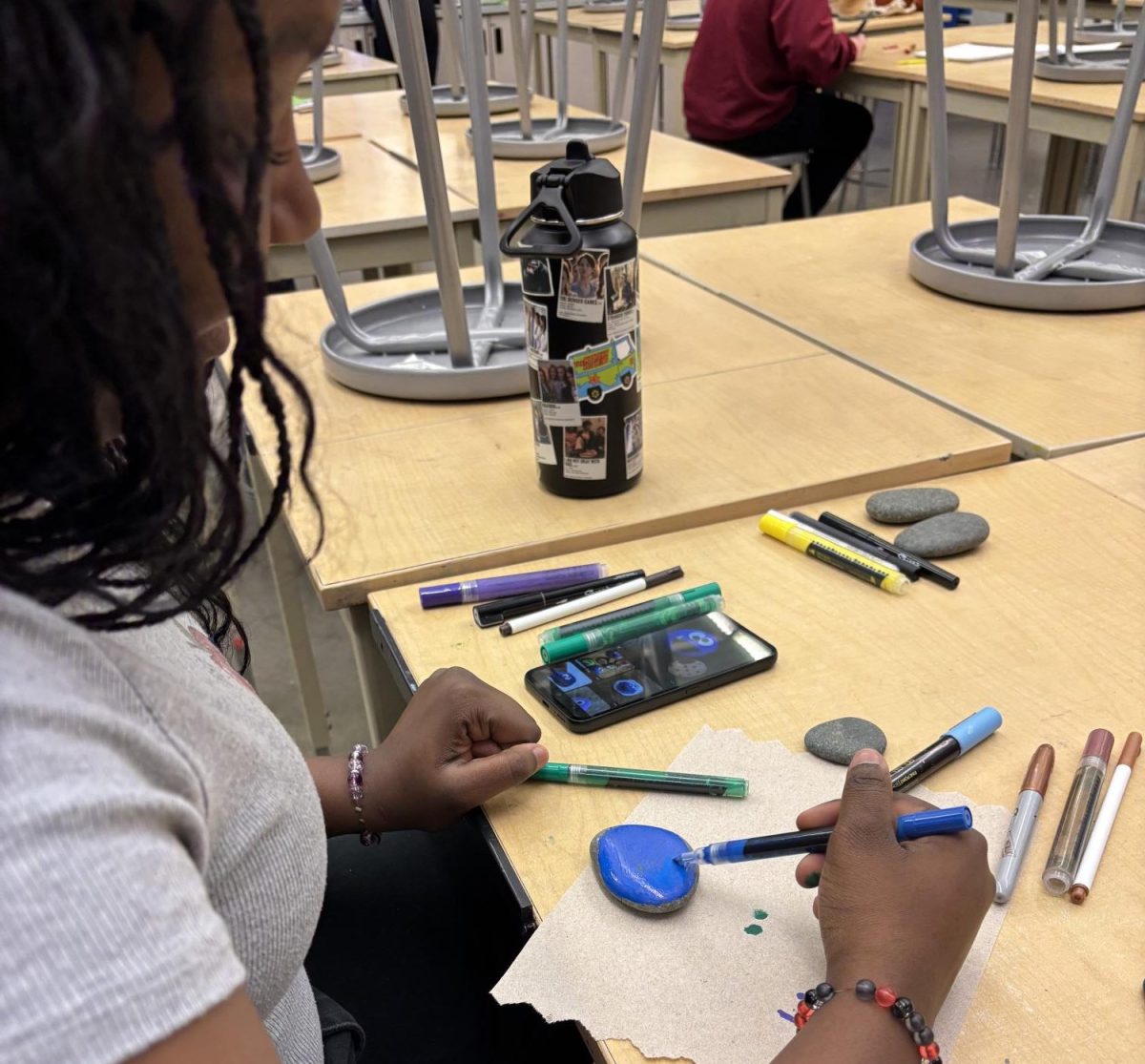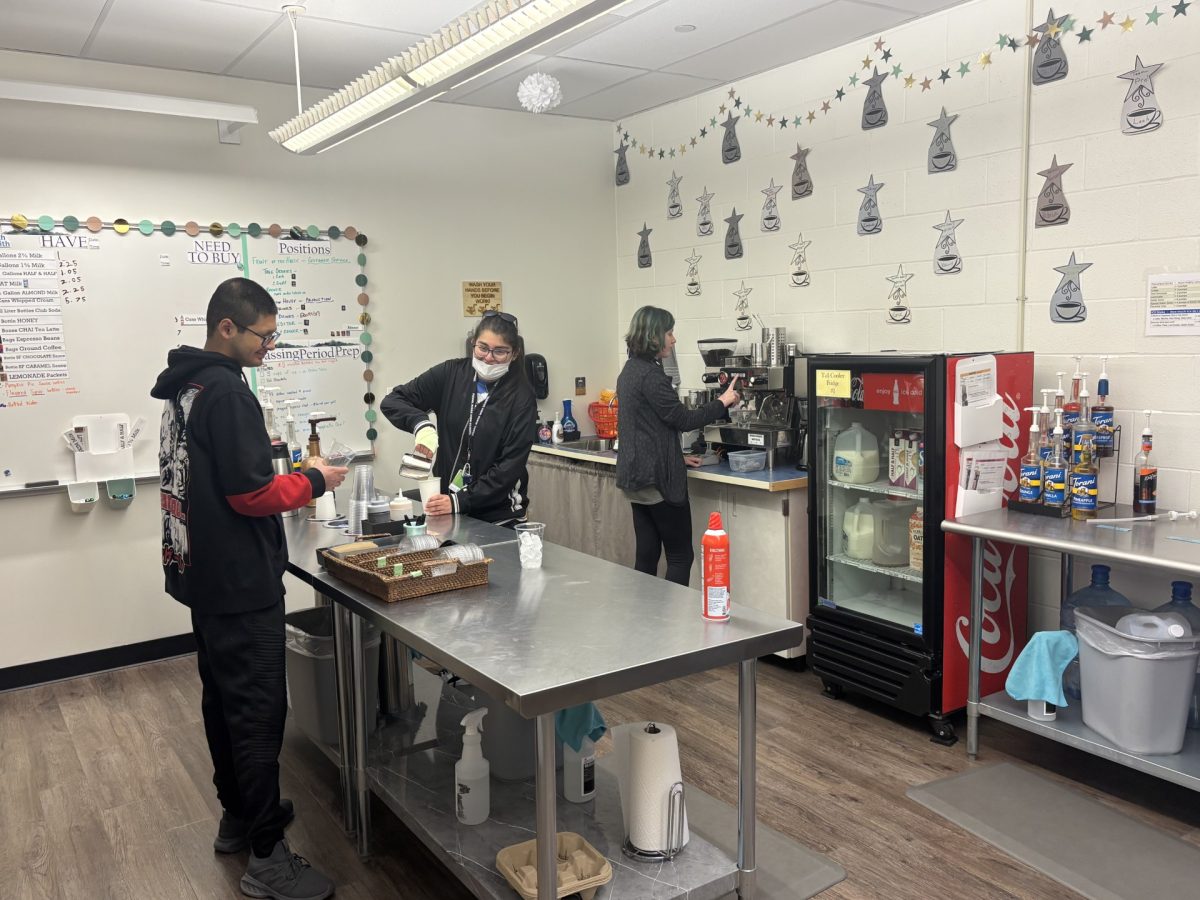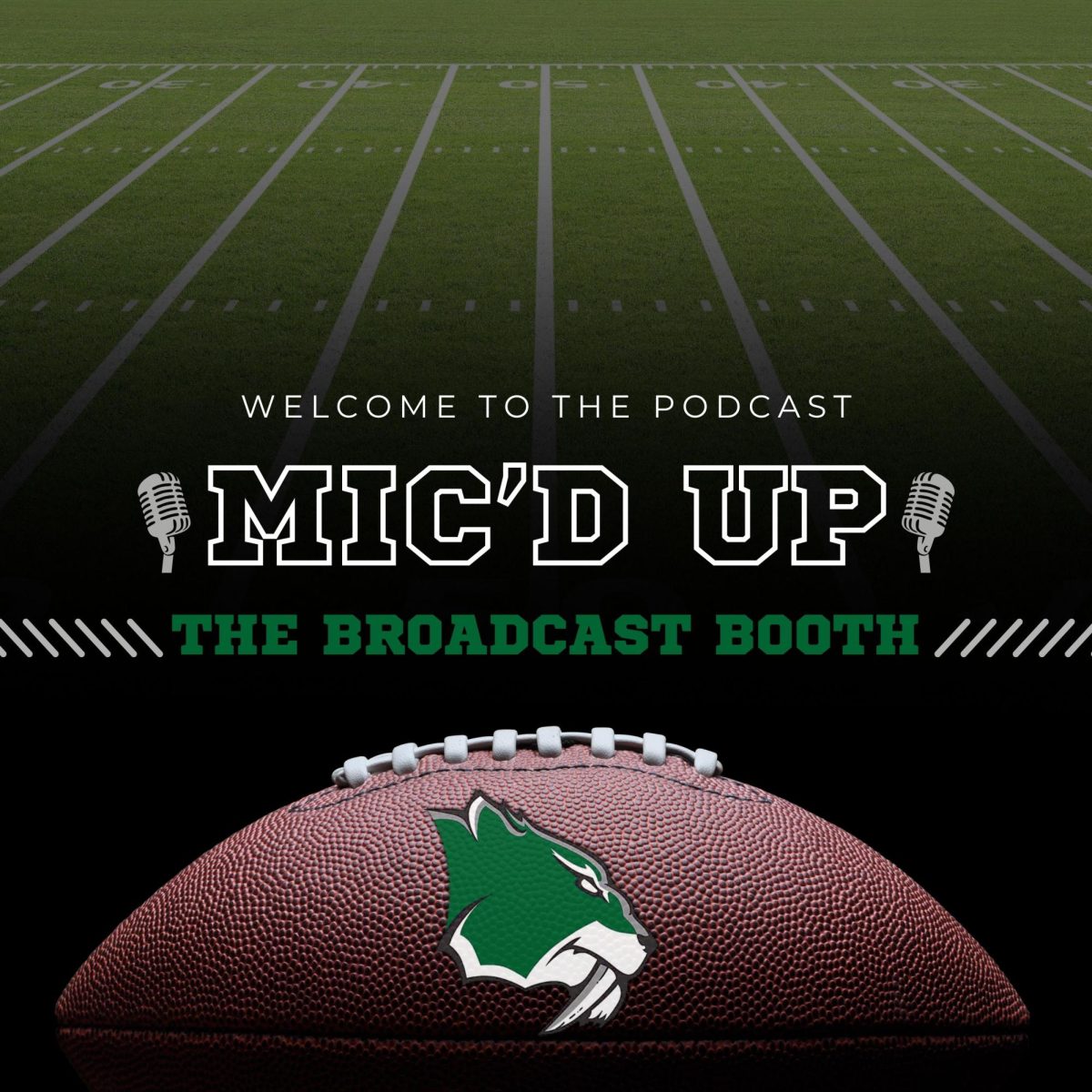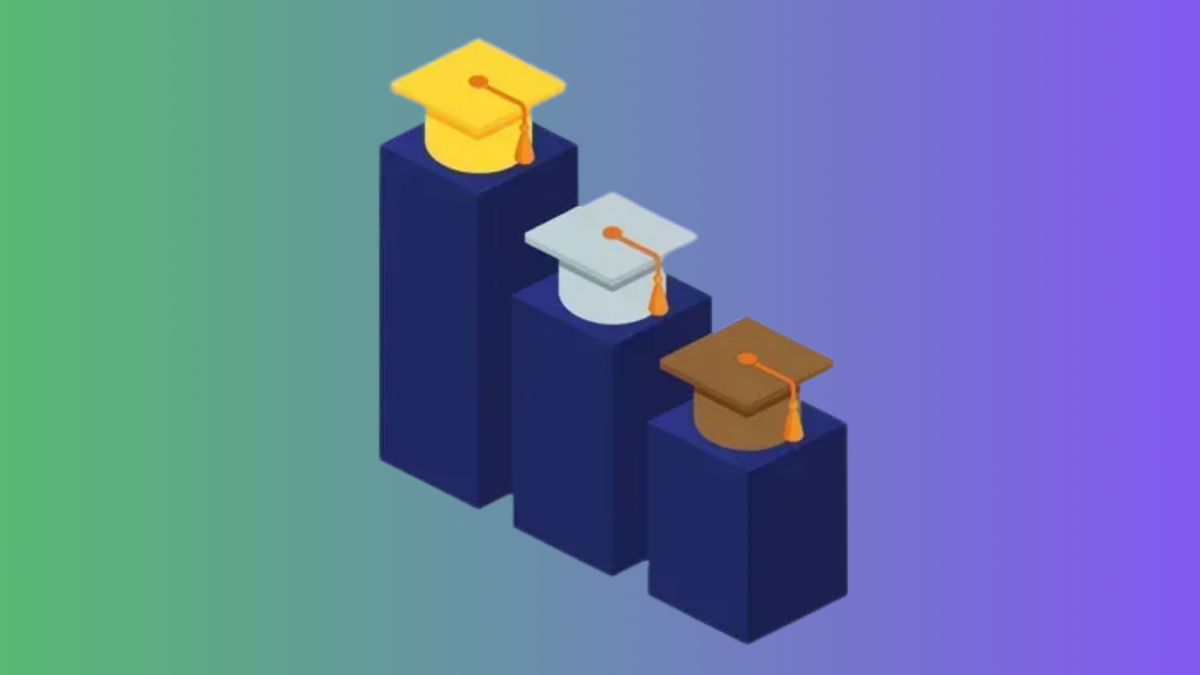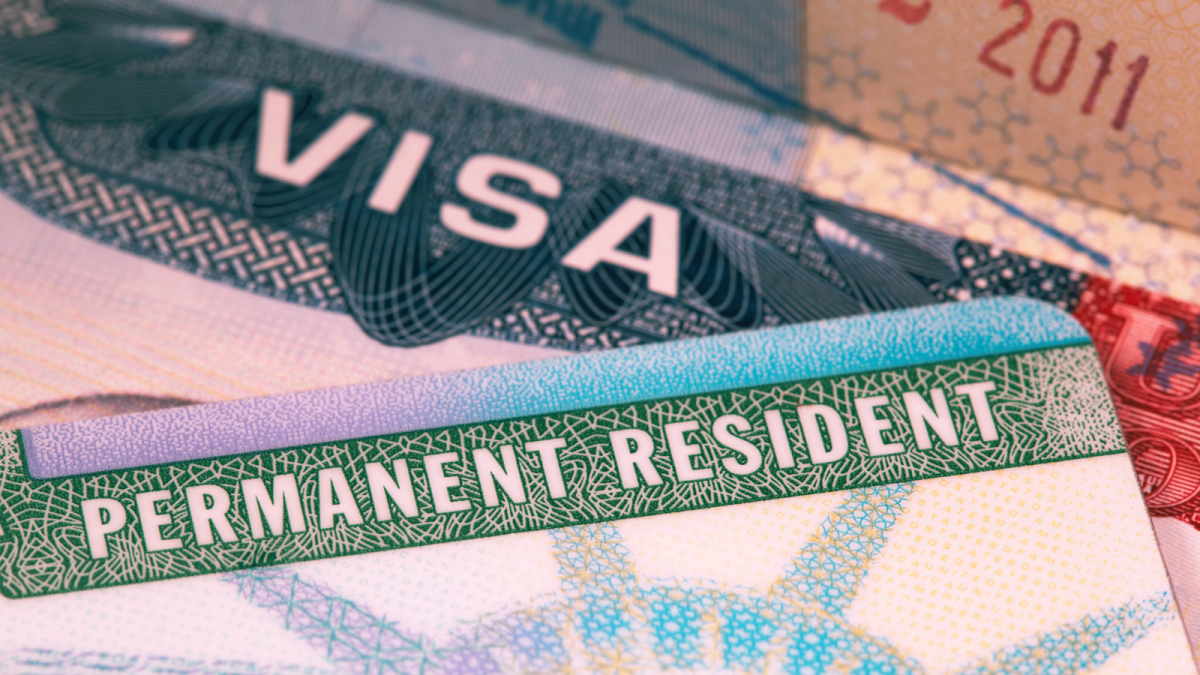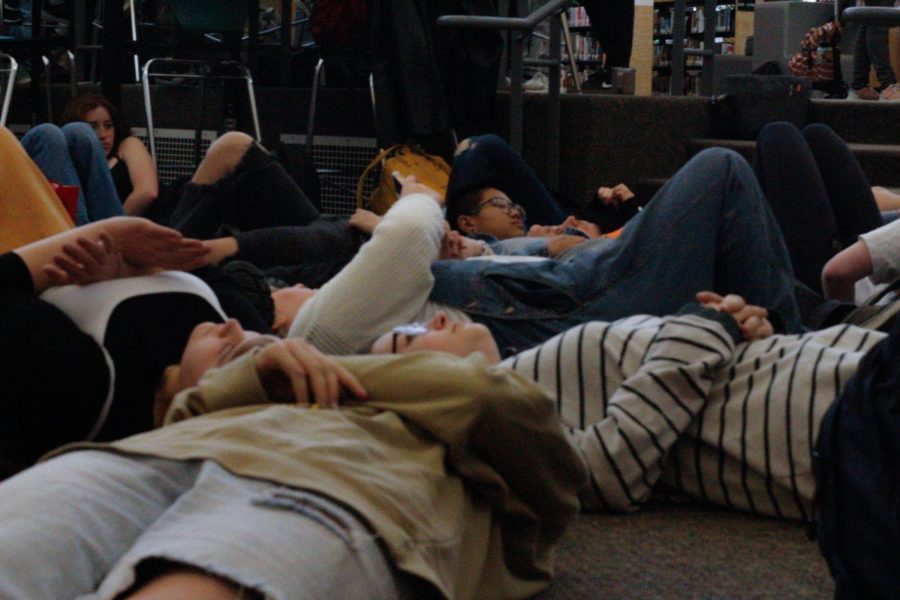Beginning spring of 2024, all tests through the SAT Suite of CollegeBoard are switching from paper to digital. This includes the PSAT 9, PSAT 10, and SAT. This decision was made and required by CollegeBoard, not the Poudre School District, but switching to digital is not the only change occurring.
Students will be able to access the test through their laptops through a platform called Bluebook. Unlike the previous paper SAT, the digital version contains a multistage adaptive test. “It means that as you take the test, your questions get harder or easier based on how you do,” says Sonja Gedde, the assistant principal for Fossil Ridge High School and the SAT coordinator.
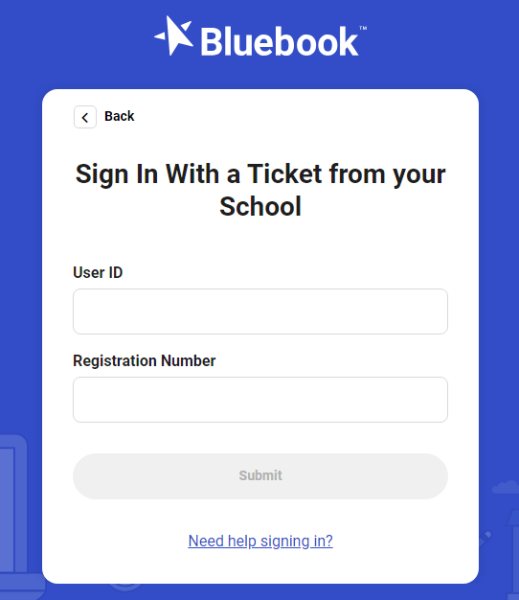
The process is similar to the MAP test in the sense that questions are changing but it is not certain that students can receive a good score if they perform poorly on the first panel. Officials at CollegeBoard are still discussing and a more definitive answer will be given closer to the actual test related to scoring capabilities.
“This test has a bank of thousands of questions that the internal intelligence system of the task… pulls in specific to each person,” Gedde notes.
There are now only three sections instead of the previous four: the math section will be combined and students will be allowed to access a calculator throughout the whole section.
“You can still use your own calculator if you want like you would on the paper test. On the computer screen, there is a calculator built in there that you could use if you prefer that,” Gedde explains.
The test as a whole has been shortened to approximately forty-five minutes, and the time it takes to receive test scores has also been shortened.
Once registered for the SAT itself students will be able to access a practice test, but if students want to access a full-length practice test their admissions ticket is required.
“We haven’t decided yet if we want to try to go through a process of giving people access to do [the full-length test]. I don’t know a lot of kids that are interested in a two to three-hour practice test when there’s a shorter one available that you can just keep doing, you know, 30 minutes,” Gedde says.
“Nothing is ever foolproof, but here’s what we’ve done: the school district preemptively this summer went into our building, and they met with me to determine which rooms were going to be used for testing,” Gedde states.
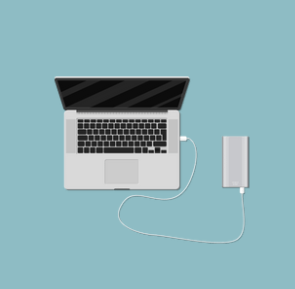
On the days of testing, the PSD-Open network meant to be used by students and guests will be shut down to ensure the WiFi capacity is strong. Hundreds of students will be taking the test at the same time and with that several technology errors could occur, but if a computer decides to shut down all progress will be saved.
Technology support staff member, Mike Nicols comments, “I think the technology errors that could occur would be device issues like battery or WiFi… the Bluebook app which is used for the SAT is only needed at the start of the test to download the content and at the end of the test to upload… so if WiFi goes out in the middle of the test it shouldn’t be a big deal.”
Although no one has taken the digital SAT yet, in October those taking the Preliminary SAT/National Merit Scholarship Qualifying Test were the first to participate in the digital testing and throughout the PSAT no problems occurred except for one student.
Ujwal Kaul, who is a junior, participated in the PSAT/National Merit Scholarship Qualifying Test. “I like the tangibility of the paper SAT and the potential for annotation and visual thinking… it’s something more natural,” Kaul explains.
His computer did not work correctly during the test but was able to complete the PSAT on a loaner laptop. “I suggest if you’re taking the test make sure that the Bluebook works for you and is tested,” Kaul asserts. Fossil is still planning a time for students to check their devices before testing day.
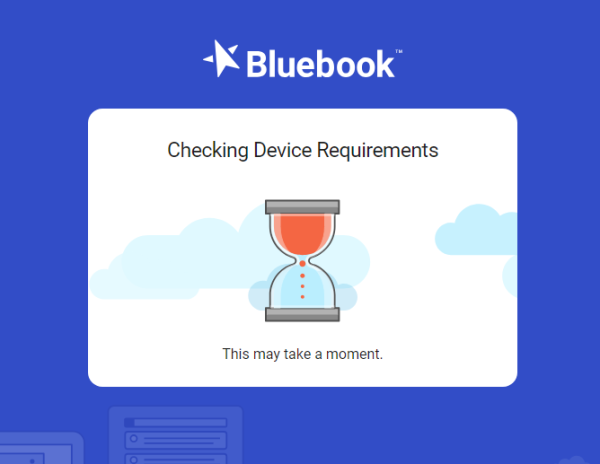
Yet the SAT is not the only big test that falls under CollegeBoard. Advanced Placement tests, also known as AP tests, will still be taken on paper this year but it is likely all CollegeBoard exams will go fully digital. “My guess is [the AP tests] would probably [transfer to digital] in the next year or two as well,” Gedde says.
There is still an option to take a paper test but only for students who have a specific kind of disability or accommodation for example those who read braille. The accommodations differ based on the students in the Individualized Education Program (IEP students), but the typical examples are extended time or small group testing which offers a quiet environment for test taking.
Josh Jackson is currently a counselor at Fossil and has worked with IEP students for the past six years. “For all students, I think it will be much better,” Jackson assures. These changes are not only helping IEP students, tests with larger print used to be an accommodation but now any student can zoom in as needed.
“I think the way we were taking the SAT up until this year was the same way I took it in high school back in the ‘90s and so it was definitely due for an update,” Jackson explains.
This being said, the world of technology is still growing and with that the majority of paper tests are exams are shifting to the digital realm, the SAT leading the trend.






